THE FUTURE OF PORTABLE TECHNOLOGY
Portable Technology
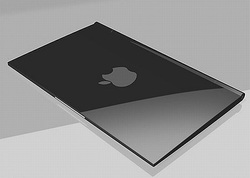
Portable technology has filled our lives with many interesting devices. These include laptops, portable DVD players, mobile phones, I-Pods, MP4 players, etc. In the future, many of these will become more and smaller, or more and more hi-tech. When you think about it, many electronic devices will change. Portable technology will change our lives and make it a better standard.
Technology has many ways of improving, such as enabling more users interactive, increased performance, 5D holograms, or even a virtual world.
Technology has many ways of improving, such as enabling more users interactive, increased performance, 5D holograms, or even a virtual world.
Future
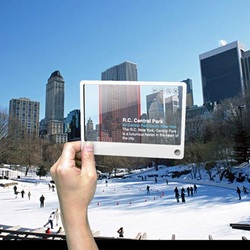
The future of portable technology is huge. This is due to the many unfinished ways that portable technology will grow. With science and artificial aid, portable technology has been easier to develop and improve. This will all come in ten years. As human become more and more advanced, computers will increase the performance by tenfold.
Some of the parodies view in science fictions will come true.
Some of the parodies view in science fictions will come true.
Design
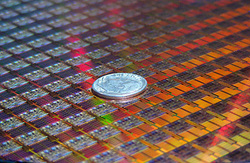
The design will include nanotechnology, such as ultra-thin chipsets and lightweight computers. Also the chipset will increase in performance. Screens will be very flexible and have wall holographic projector. There will be processors up to few hundred petaflops everyday computers. This is equivalent to 300 computers all in unison. All will fit in a hand size portable laptop.
Performance
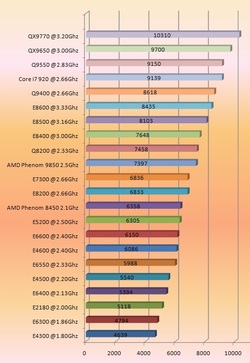
CPU Performance Chart
Performance of computer has become one of buyer’s aspects. Computers will increase in tenfold in the next ten years. Such computers are needed to match the applications people in the future run. Applications will require tremendous amounts of speed. Also people will require technology that is portable but high in performance. The hardware performance will keep up or outgrow the applications used in the future.
Nanotech
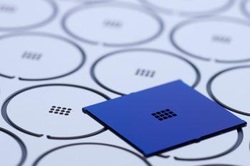
Nanotechnology has been the heart of future portable technology. It had made small, paper thin wafers possible to fit in hand held phones. Nanotech wafers in the not only power mobile phones but also power microwaves, ovens and even battery chargers. Nanotech was first introduced in 1965 by Gordon Moore (the founder of Intel) and gradually increased from 200 transistors to 7,000,000,000,000 transistors on one single chip 5cm x 5cm. Also the speed or frequency of the chip of 740 kHz in 1971 was increased to 3.8 GHz (5135135 times of the original speed). Size is a very important factor of the speed and capacity. Computer chips are measured in nm. 1 nm is approximately 0.000000001 metres. A prediction of 0.36mn chips will be put into place as soon as 2020.
Eco-friendly
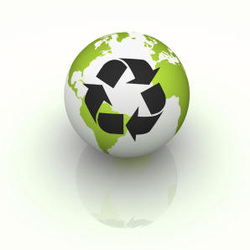
Mobile phones, laptops, GPS, they all contain nonbiodegrable material. This includes silicon, plastic, copper and small chemical created materials. Computer in ten years’ time will be rid of nonbiodegrable resources.
Laptops will have solar panels instead of batteries; flexible chemical glass with holographic projector, virtual keyboards will replace keyboards, human brain instead of hard drives. This is aimed at 0.3 per cent carbon dioxide leak.
Old mobile phones will be recycled by having their parts melted, and sorted into appropriate parts. This is only in 2034 as there is no technology to sort out melted computer parts.
Laptops will have solar panels instead of batteries; flexible chemical glass with holographic projector, virtual keyboards will replace keyboards, human brain instead of hard drives. This is aimed at 0.3 per cent carbon dioxide leak.
Old mobile phones will be recycled by having their parts melted, and sorted into appropriate parts. This is only in 2034 as there is no technology to sort out melted computer parts.
Cost

Budget has been an important aspect when buying computers. In the 1960’s each computer costed around 5m while nowadays computers cost around few hundred to few thousand dollars. As manufacturing computers become less and less technical, prices will drop.
Prices of computer in the future will only cost no more than two thousand averaging around one thousand. This includes high performance mobile phones, laptops, and MP4 players, to webcams.
Prices of computer in the future will only cost no more than two thousand averaging around one thousand. This includes high performance mobile phones, laptops, and MP4 players, to webcams.
